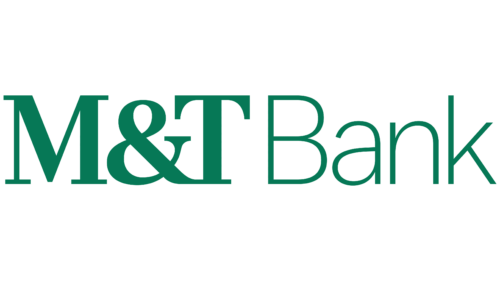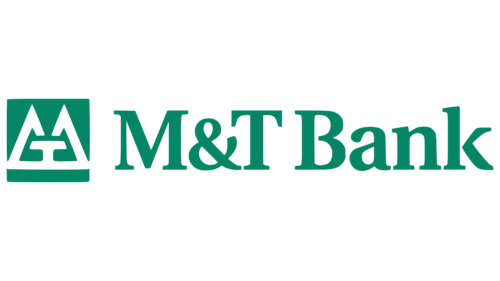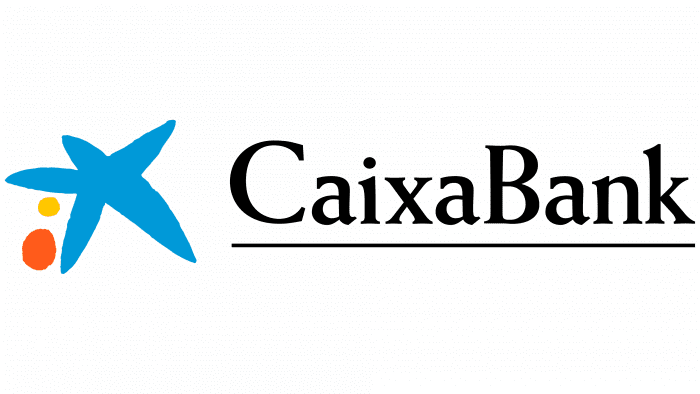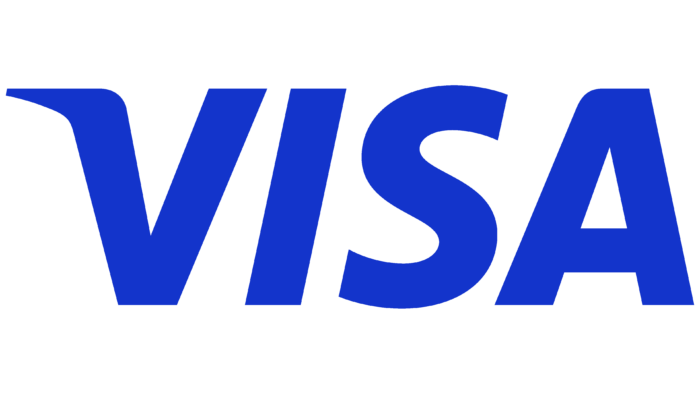M&T Bank: Brand overview
| Founded: | August 29, 1856 |
| Founder: | Pascal Pratt and Brownson Rumsey |
| Headquarters: | Buffalo, New York, U.S. |
| Website: | mtb.com |
Meaning and History
Old
before 2015
2015 – today
M&T Bank color codes
| Tropical Rain Forest | Hex color: | #067856 |
|---|---|---|
| RGB: | 6 120 86 | |
| CMYK: | 95 0 28 53 | |
| Pantone: | PMS 3288 C |







